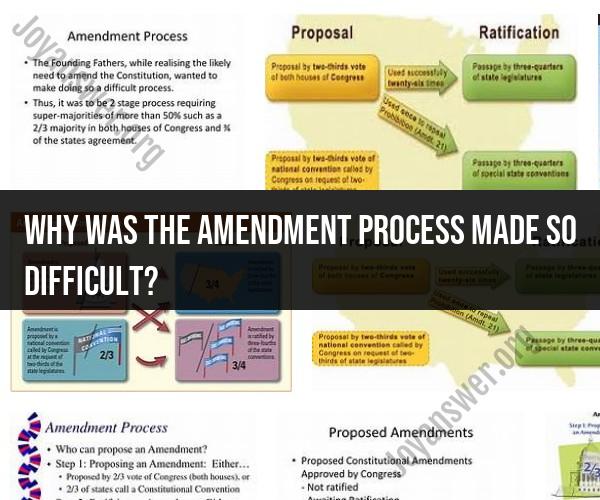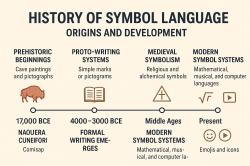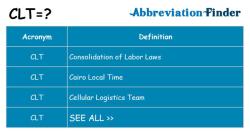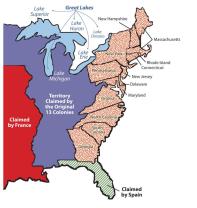Why was the amendment process made so difficult?
The framers of the United States Constitution intentionally made the amendment process difficult for several reasons, based on their historical perspective and experiences with government systems of the time:
Protection of Fundamental Principles: The framers believed that the Constitution should serve as a stable and enduring foundation for the federal government. They wanted to protect fundamental principles and rights from being easily changed by transient political majorities or short-term passions. Making the amendment process difficult was a way to ensure that any changes to the Constitution would be carefully considered and reflect a broad consensus.
Avoiding Hasty Changes: The framers were wary of hasty or impulsive changes to the Constitution. They recognized that in times of crisis or political upheaval, there might be a strong temptation to amend the Constitution quickly in ways that could undermine its stability or integrity. By requiring a deliberate and lengthy process, they sought to prevent such hasty changes.
States' Rights and Federalism: The framers were committed to the principle of federalism, which divides powers between the federal government and the states. They wanted to ensure that changes to the Constitution did not infringe upon the rights and powers of the states. Requiring a supermajority of states to ratify an amendment (three-fourths of state legislatures or conventions) reinforced this commitment to federalism.
Checks and Balances: The Constitution itself is a system of checks and balances, and the framers believed that the amendment process should also be subject to checks and balances. The requirement for a two-thirds majority in both houses of Congress or a constitutional convention, followed by ratification by a supermajority of states, introduced multiple layers of review and approval.
Balancing Stability and Adaptability: The framers faced the challenge of balancing the need for a stable and enduring Constitution with the need for adaptability to changing circumstances. While they made it difficult to amend the Constitution, they did not make it impossible. The amendment process was intended to allow for necessary changes while preventing frivolous or rash alterations.
Reflection of Popular Will: The amendment process was designed to reflect the will of the people across different states and regions. It required broad-based support and consensus, reinforcing the idea that significant changes to the Constitution should enjoy widespread popularity and approval.
Historical Precedents: The framers drew from historical examples of constitutions and governments that had experienced instability and frequent changes. They sought to learn from those experiences and create a more enduring and stable system of government.
In summary, the difficulty of the amendment process in the U.S. Constitution was a deliberate choice made by the framers to protect core principles, prevent hasty changes, uphold federalism, and ensure that any modifications to the Constitution were made with careful consideration and broad consensus. This approach has contributed to the durability and endurance of the U.S. Constitution over more than two centuries.
Why the Founders Made Amendment Procedures Difficult
The Founding Fathers made the amendment procedures difficult for a number of reasons.
- To protect the Constitution from change for short-term political reasons. They wanted to make sure that the Constitution would not be amended easily, but only after careful consideration and broad public support.
- To prevent the Constitution from being amended by a majority that might not represent the interests of all Americans. They wanted to ensure that the rights of all Americans would be protected, even if they were in the minority.
- To promote stability and order in the government. They believed that a Constitution that was difficult to amend would be more likely to endure over time and provide a stable foundation for government.
High Threshold for Passing Amendments by Design
The high threshold for passing amendments was designed to ensure that only the most important and broadly supported changes would be made to the Constitution. The Founding Fathers believed that the Constitution was a sacred document, and they did not want it to be amended lightly.
The high threshold also served to protect the rights of minorities. The Founding Fathers knew that a majority could sometimes oppress a minority, and they wanted to make sure that the rights of all Americans would be protected, even if they were in the minority.
Balancing Stability and Flexibility in the Constitution
The Founding Fathers wanted to create a Constitution that was both stable and flexible. They knew that the world would change over time, and they wanted the Constitution to be able to adapt to those changes. However, they also wanted to create a Constitution that would be difficult to amend, so that it would not be changed lightly.
The high threshold for passing amendments was a way to balance these two goals. It ensured that the Constitution would be stable, but it also allowed for change when necessary.
The amendment process has worked well since the Constitution was ratified in 1788. There have been only 27 amendments to the Constitution, but each one has been an important and meaningful change. The high threshold for passing amendments has helped to ensure that the Constitution has remained a stable and enduring document, while also allowing for change when necessary.













